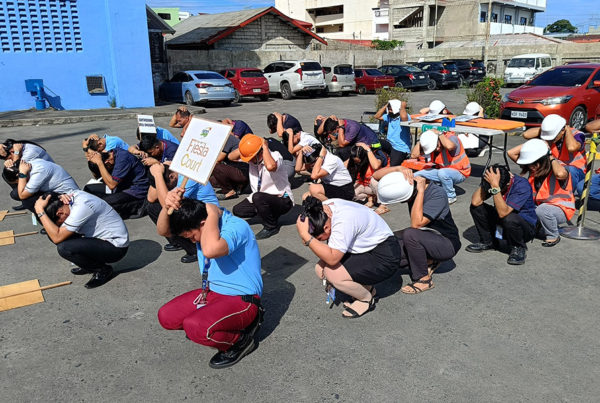SP passes law on multi-level schools
GIVEN Dagupan’s low topography and vulnerability to flood, the city council passed an ordinance requiring the construction of multi-level public school buildings, especially in flood and hazard-prone areas.
Ordinance No. 031, Series of 2025, authored jointly by Councilors Karlos Reyna, Michael Fernandez and Christel Hilary Paras, noted that per the 2015 flood risk assessment of the City Disaster Risk Reduction and Management Office (CDRRMO), it was found out that at least 42 out of the 70 public school sites are within flood-prone zone areas, many of which experience recurrent inundation in their classrooms.
The new local law sets minimum risk uniform design requirements, including at least three-storey high, and provides a transition program for existing single-storey facilities.
The authors said recurring hazards have had severe consequences: loss of structural time, destruction of teaching materials, increased repair costs, and safety risk for learners and staff.
They also pointed out that elevating classrooms via multi-level building designs has proven to be cost-effective and life-saving, as evidenced in other local governments.
The new school buildings will have the upper floors designated for laboratories, an information communication and technology room, and a refuge.
For existing one-level buildings in hazard zones, one multi-level block or vertical refuge space must be retrofitted or constructed within 36 months.
The ordinance reinforces Resolution No. R-110 recently passed by the Sangguniang Panlungsod.
The planning, design and execution of works within a school lot to ensure accessibility, safety, flood resilience, and environmental management must include:
- Site grading and elevation improvement to ensure positive drainage and reduce ponding;
- Construction or upgrading of drainage systems connected to appropriate outfalls;
- Elevated and paved pedestrian streets and vehicular access ways for safe ingress and egress during floods;
- Floodwater diversion structures or barriers to protect buildings and grounds;
- Designated safe, elevated assembly and evacuation areas;
- Perimeter fencing and gate systems with flood-resilient design; and
- Landscaping to promote water absorption and prevent erosion. (Leonardo Micua)







